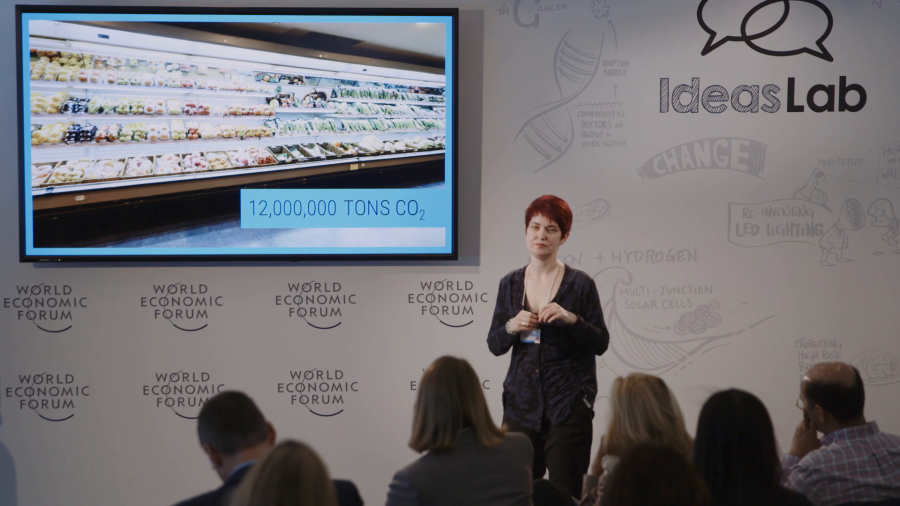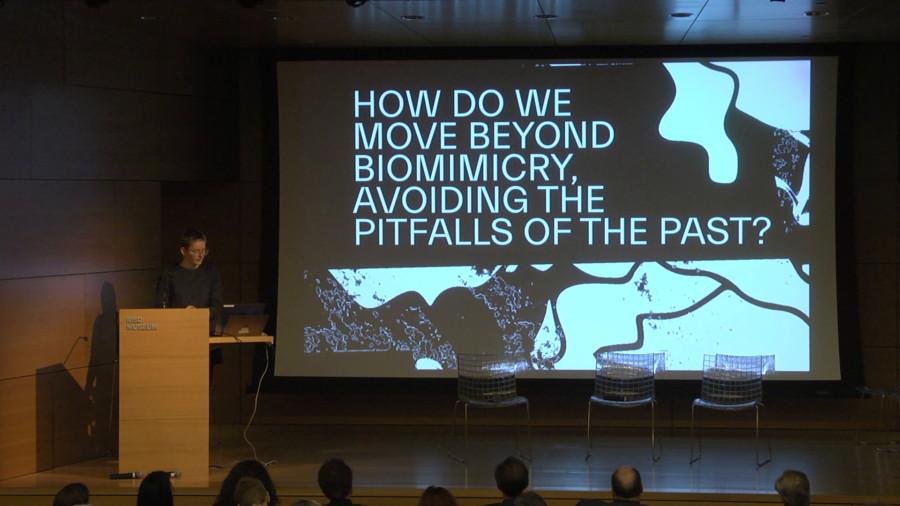Today, we will examine the historical and philosophical roots of biocentrism, biomimicry, explore the quality of the relationship it presupposes with nature, and question its ecofriendliness. We will introduce emerging alternatives to biomimicry and discuss the challenges it promises.
Archive

I’m here to talk about digital culture, but a strange, very interesting aspect of it: how close it has brought us to nature. How much it has brought us closer to the dream, to the Holy Grail of all designers and architects and engineers and you name it, to do it like nature does because nature does it best.

Machines generate waste heat when they do work for us. And this year, seven billion of us will use twenty-five trillion kilowatt hours of electricity. An awful lot of that will end up as waste heat. So, we treat waste heat as a problem. We see it as a challenge to design how we can manage it. We don’t think of it as a resource. If we thought of it as a resource, that would be results we are just throwing away.

